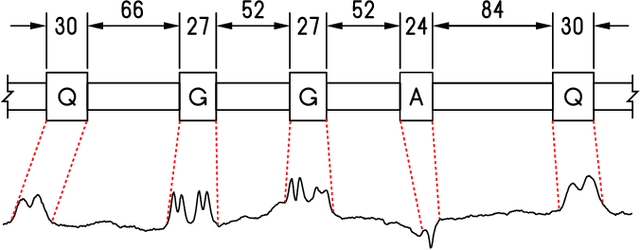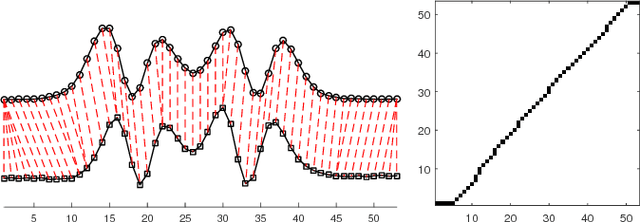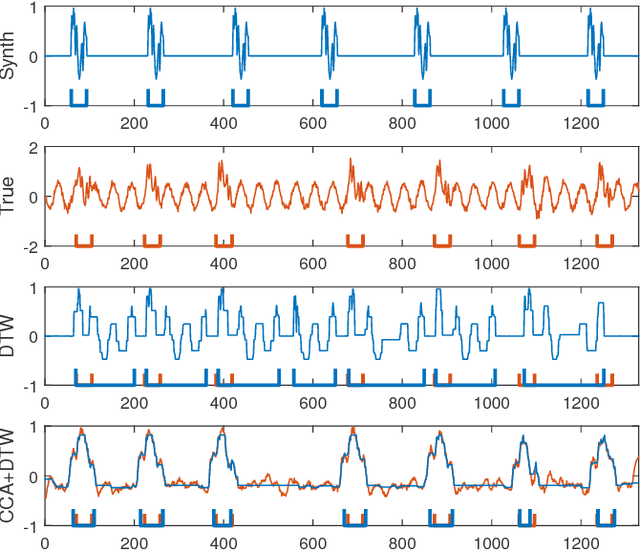Matteo Salvatori
Diffusion Models for Tabular Data Imputation and Synthetic Data Generation
Jul 02, 2024



Abstract:Data imputation and data generation have important applications for many domains, like healthcare and finance, where incomplete or missing data can hinder accurate analysis and decision-making. Diffusion models have emerged as powerful generative models capable of capturing complex data distributions across various data modalities such as image, audio, and time series data. Recently, they have been also adapted to generate tabular data. In this paper, we propose a diffusion model for tabular data that introduces three key enhancements: (1) a conditioning attention mechanism, (2) an encoder-decoder transformer as the denoising network, and (3) dynamic masking. The conditioning attention mechanism is designed to improve the model's ability to capture the relationship between the condition and synthetic data. The transformer layers help model interactions within the condition (encoder) or synthetic data (decoder), while dynamic masking enables our model to efficiently handle both missing data imputation and synthetic data generation tasks within a unified framework. We conduct a comprehensive evaluation by comparing the performance of diffusion models with transformer conditioning against state-of-the-art techniques, such as Variational Autoencoders, Generative Adversarial Networks and Diffusion Models, on benchmark datasets. Our evaluation focuses on the assessment of the generated samples with respect to three important criteria, namely: (1) Machine Learning efficiency, (2) statistical similarity, and (3) privacy risk mitigation. For the task of data imputation, we consider the efficiency of the generated samples across different levels of missing features.
Graph Neural Network contextual embedding for Deep Learning on Tabular Data
Mar 11, 2023Abstract:All industries are trying to leverage Artificial Intelligence (AI) based on their existing big data which is available in so called tabular form, where each record is composed of a number of heterogeneous continuous and categorical columns also known as features. Deep Learning (DL) has consituted a major breathrough for AI in fields related to human skills like natural language processing, but its applicability to tabular data has been more challenging. More classical Machine Learning (ML) models like tree-based ensemble ones usually perform better. In this manuscript a novel DL model that uses Graph Neural Network (GNN), more specifically Interaction Network (IN), for contextual embedding is introduced. Its results outperform those of the recently published survey with DL benchmark based on five public datasets, achieving also competitive results when compared to boosted-tree solutions.
Pattern Localization in Time Series through Signal-To-Model Alignment in Latent Space
Feb 19, 2018



Abstract:In this paper, we study the problem of locating a predefined sequence of patterns in a time series. In particular, the studied scenario assumes a theoretical model is available that contains the expected locations of the patterns. This problem is found in several contexts, and it is commonly solved by first synthesizing a time series from the model, and then aligning it to the true time series through dynamic time warping. We propose a technique that increases the similarity of both time series before aligning them, by mapping them into a latent correlation space. The mapping is learned from the data through a machine-learning setup. Experiments on data from non-destructive testing demonstrate that the proposed approach shows significant improvements over the state of the art.
 Add to Chrome
Add to Chrome Add to Firefox
Add to Firefox Add to Edge
Add to Edge